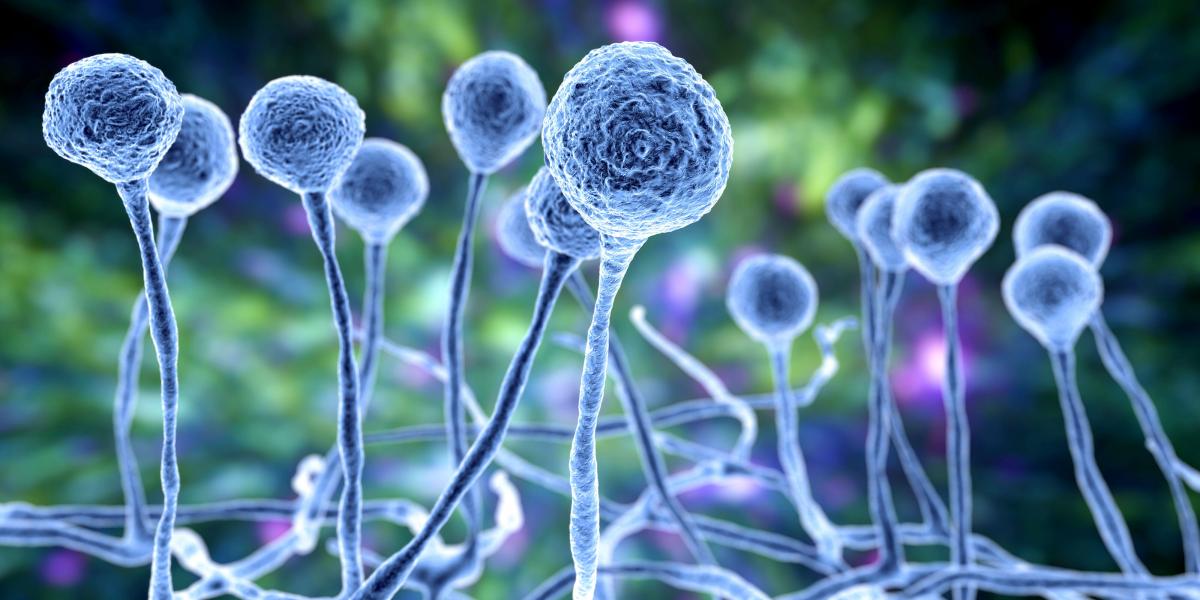
Fungi, the often overlooked and mysterious organisms of the natural world, hold a wealth of astonishing facts that are worth exploring. These incredible lifeforms, belonging to their own distinct kingdom, have unique characteristics that set them apart from plants and animals. From their role in decomposition and recycling nutrients to their ability to produce mind-altering compounds, fungi have a lot to offer in terms of both scientific curiosity and practical applications. In this article, we will delve into 11 remarkable facts about fungi that will not only amaze you but also deepen your appreciation for these extraordinary organisms. Let’s embark on a journey to uncover the hidden world of fungi and discover the wonders that lie within.
Key Takeaways:
- Fungi are incredible organisms that play a vital role in ecosystems, from decomposing organic matter to producing life-saving drugs. They come in diverse shapes and sizes, and some even glow in the dark, adding a touch of magic to the natural world.
- Fungi are not just delicious additions to our meals; they also have the power to clean up environmental pollutants through bioremediation. From breaking down harmful toxins to forming beneficial relationships with other organisms, fungi are truly astonishing and essential to life on Earth.
The largest living organism is a fungus.
Did you know that the largest living organism on Earth is not an animal or a plant, but a fungus? Armillaria ostoyae, also known as the honey mushroom, covers more than 2,385 acres in the Malheur National Forest in Oregon, USA. This enormous fungus is estimated to be around 2,400 years old!
Fungi are found in every ecosystem on Earth.
From lush rainforests to desolate deserts, fungi can be found everywhere. They play a crucial role in the ecosystem by decomposing organic matter and recycling nutrients. Without fungi, the natural balance of ecosystems would be disrupted.
There are more than 5 million species of fungi.
While we often think of mushrooms when we hear the word “fungi,” they represent just a small fraction of the fungal kingdom. There are estimated to be over 5 million species of fungi, including molds, yeasts, and lichens. However, only around 120,000 species have been formally described by scientists so far.
Fungi have diverse shapes and sizes.
Fungi come in all shapes and sizes. They can be as tiny as microscopic yeasts or as large as giant puffball mushrooms that can reach sizes of up to 4 feet in diameter. The diversity of fungal forms is truly astonishing.
Fungi can survive extreme conditions.
Fungi are known for their ability to survive in extreme environments. They can withstand high temperatures, low pH levels, and even radiation. Some fungi can even survive in outer space, making them incredibly resilient life forms.
Some fungi have medicinal properties.
Fungi have been used for medicinal purposes for centuries. Certain species of fungi produce compounds with antibiotic properties, which have been used to develop life-saving drugs such as penicillin. Fungi also play a crucial role in the production of various pharmaceuticals.
Fungi can form mutually beneficial relationships with other organisms.
Fungi are known for their intricate relationships with other organisms. For example, mycorrhizal fungi form mutually beneficial associations with the roots of plants, assisting in nutrient uptake. Similarly, lichens are symbiotic organisms consisting of a fungus and a photosynthetic partner, such as algae or cyanobacteria.
Fungi can glow in the dark.
Some species of mushrooms and other fungi have the ability to bioluminesce, which means they can emit light. This phenomenon, known as foxfire, is particularly enchanting and can create a magical glow in the forest at night.
Fungi are delicious and nutritious.
Many types of fungi, such as mushrooms and truffles, are not only delicious but also packed with essential nutrients. They are low in calories, rich in fiber, and provide important vitamins and minerals. Fungi are a valuable addition to a healthy diet.
Fungi play a vital role in the production of food and beverages.
Without fungi, we wouldn’t have many beloved food and drink items. Fungi are responsible for the fermentation process in the production of cheese, bread, beer, wine, and various other culinary delights. They add unique flavors and textures to our favorite treats.
Fungi have potential applications in bioremediation.
Fungi have the incredible ability to break down harmful pollutants and toxins in the environment, a process known as bioremediation. They can help clean up oil spills, degrade pesticides, and remove heavy metals from contaminated soil. Fungi offer a sustainable solution to environmental challenges.
Conclusion
After delving into the world of fungi, it becomes clear just how astonishing and remarkable these organisms are. From their incredible ability to break down organic matter and recycle nutrients, to their fascinating reproductive strategies and symbiotic relationships, fungi play a vital role in our ecosystem.
Not only are they essential for the health of plants and forests, but they also have a wide range of applications in medicine, food production, and even environmental remediation. With their incredible diversity and adaptability, fungi continue to surprise and amaze scientists and researchers around the world.
So the next time you stumble upon a mushroom or notice the delicate patterns of mold on your bread, take a moment to appreciate the wonder and importance of these often overlooked organisms.
FAQs
1. Are fungi plants?
No, fungi are not plants. They belong to their own kingdom called Fungi. Unlike plants, fungi do not produce chlorophyll and cannot perform photosynthesis.
2. Can all fungi cause diseases?
No, while some fungi can cause diseases in humans and other organisms, not all fungi are pathogenic. In fact, many fungi have beneficial effects and play a crucial role in maintaining ecosystem balance.
3. Can fungi be used for medicinal purposes?
Yes, fungi have been used for centuries in traditional medicine for their therapeutic properties. Certain species of fungi are currently being studied for their potential in treating various conditions, including cancer, infections, and autoimmune diseases.
4. How do fungi obtain their nutrients?
Fungi are heterotrophs, which means they obtain nutrients by decomposing organic matter or by forming symbiotic relationships with other organisms. They secrete enzymes that break down complex organic compounds into simpler forms, which they can then absorb.
5. Are all fungi visible to the naked eye?
No, not all fungi are visible to the naked eye. While mushrooms and molds are easily visible, many species of fungi are microscopic and can only be seen under a microscope.
Fungi never cease to amaze! From mind-bending facts about their biology to the incredible diversity of their taxonomy, there's always more to explore in the world of fungi. If you're curious about the symbiotic relationships between fungi and plants, check out our article on mycorrhizal fungi. Eager to learn about the fascinating biology of these organisms? Our piece on fungi biology has you covered. And for those interested in the complex world of fungi classification, our article on fungi taxonomy is sure to satisfy your curiosity. Keep diving into the astonishing realm of fungi – you won't be disappointed!
Was this page helpful?
Our commitment to delivering trustworthy and engaging content is at the heart of what we do. Each fact on our site is contributed by real users like you, bringing a wealth of diverse insights and information. To ensure the highest standards of accuracy and reliability, our dedicated editors meticulously review each submission. This process guarantees that the facts we share are not only fascinating but also credible. Trust in our commitment to quality and authenticity as you explore and learn with us.


